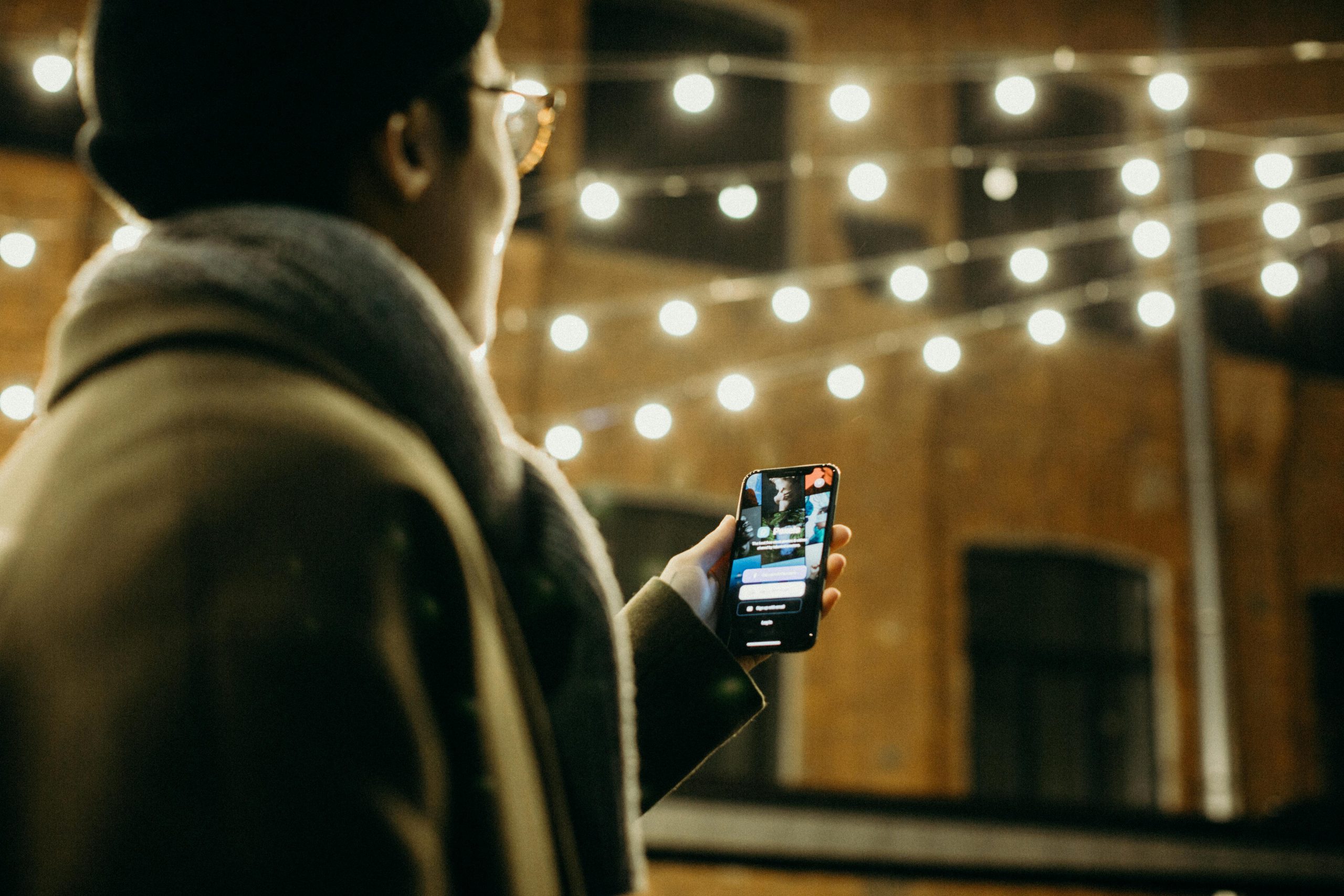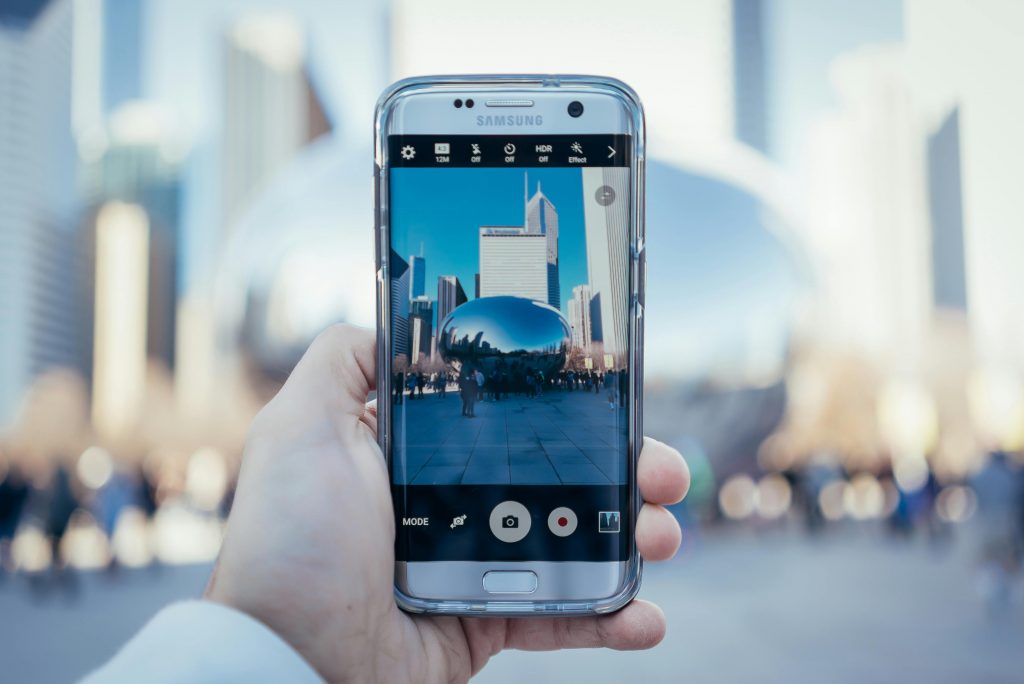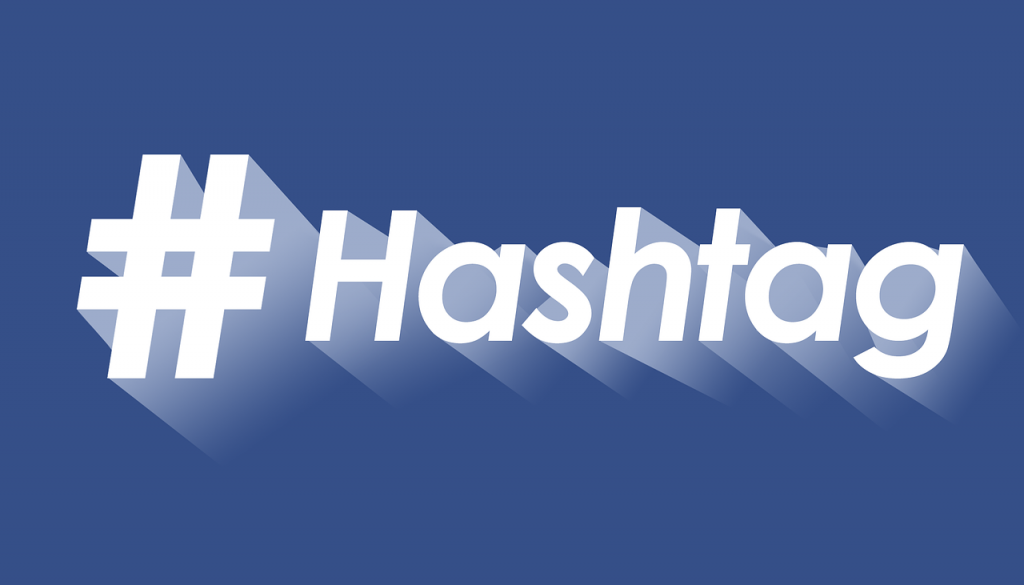
In the ever-evolving landscape of social media, one fact has become increasingly clear: mobile users dominate the scene. With over 80% of social media users accessing platforms exclusively on mobile devices, it is imperative for brands and individuals to optimize their content for these smaller screens. In this blog post, we will explore effective strategies for creating mobile-friendly content, enhancing user-generated content, and optimizing platforms like Facebook to engage your audience better and maximize reach.
Understanding the Mobile Landscape
The shift towards mobile usage has been profound. According to Social Media Examiner, mobile-friendly content can significantly improve engagement rates and visibility across social networks. As we navigate this mobile-first world, it’s essential to recognize the unique characteristics of mobile users. They tend to consume content quickly, often while multitasking or on the go. This behavior necessitates a different approach to content creation—one that prioritizes clarity, accessibility, and engagement.

Why Mobile Optimization Matters
Mobile optimization is not just a trend; it is a necessity. Research shows that 53% of mobile users abandon sites that take over three seconds to load. This statistic highlights the importance of speed and efficiency in mobile content delivery. Furthermore, mobile users are more likely to engage with content that is tailored to their viewing environment, leading to increased interaction and brand loyalty.
Creating Mobile-First Visuals
Visual content is the heart of social media marketing, and creating visuals optimized for mobile devices is crucial. Here are key strategies to consider:
1. Vertical Orientation
Design images and videos in vertical formats (9:16 aspect ratio) to maximize screen real estate on mobile devices. Instagram reports that vertical videos have a 13.8% higher watch-through rate compared to horizontal ones. This simple adjustment can significantly enhance user engagement.

2. Simplify Designs
Cluttered designs can overwhelm mobile users. Utilize clean, uncluttered layouts with large, easy-to-read text. Research indicates that simpler designs lead to 38% faster processing by viewers. This means that your audience can grasp your message quickly, which is vital for retaining attention.
3. High Contrast
Ensure that text and important elements stand out against backgrounds. High contrast improves readability and visual impact, especially in varying lighting conditions. Consider using bold colors to draw attention to key messages.
4. Optimize Image Sizes
Compress images to reduce file sizes without sacrificing quality. This practice improves loading times, which is crucial for mobile users who may have slower connections. Remember, speed is key to keeping users engaged.
5. Use Mobile-Friendly Fonts
Choose legible fonts that remain readable at smaller sizes. Sans-serif fonts like Arial, Helvetica, or Roboto are generally more effective on mobile screens. Testing different font sizes can help you find the optimal choice for your audience.
6. Create Thumb-Stopping Content
Design visuals that capture attention quickly as users scroll through their feeds. Utilize bold colors, motion graphics, and eye-catching imagery to create content that stands out. The goal is to make users stop and engage with your post.

7. Leverage Platform-Specific Features
Utilize mobile-centric features like Instagram Stories or TikTok’s vertical video format to create native, immersive experiences for users. These features are designed for mobile consumption and can enhance user engagement.
8. Test on Multiple Devices
Preview your visuals on various screen sizes and devices to ensure they look good across different platforms and resolutions. This testing phase is crucial for identifying any issues that may arise on specific devices.
9. Use White Space Effectively
Incorporate adequate white space to prevent visual clutter and improve focus on key elements. This is particularly important on smaller screens where space is limited, allowing users to navigate your content more easily.
10. Incorporate Interactive Elements
Where possible, use features like polls, quizzes, or swipe-up links to increase engagement. Interactive elements are particularly effective on mobile devices, where users are accustomed to touch-based interactions.
By implementing these strategies, brands can create visuals that not only look great on mobile devices but also drive higher engagement and conversions. Mobile-first visuals are no longer optional but essential for success in today’s social media landscape.
Enhancing User-Generated Content (UGC)
User-generated content has emerged as a powerful tool for brands to enhance authenticity, build trust, and boost engagement. To effectively leverage UGC, brands should implement strategic approaches that encourage and optimize user contributions.
1. Create Branded Hashtags
Develop unique, memorable hashtags that align with your brand identity and campaigns. Branded hashtags are a powerful tool for aggregating user-generated content, allowing for increased brand visibility and community engagement. Encourage customers to use these hashtags when sharing content related to your products or services.

2. Run Contests and Challenges
Organize social media contests or challenges that prompt users to create and share content featuring your brand. This approach generates buzz around your products and provides a rich source of UGC that can be repurposed across marketing channels. Ensure the contests are fun, engaging, and aligned with your brand values and audience interests.
3. Showcase UGC on Multiple Platforms
Regularly feature user-generated content on your own channels, including social media profiles, website, and email marketing campaigns. Highlighting UGC not only celebrates your customers but also demonstrates the value you place on their opinions and experiences.
4. Leverage Influencer Partnerships
Collaborate with influencers and brand ambassadors to stimulate a steady stream of UGC. Initiatives like social media takeovers, co-created content, or brand ambassador programs can showcase the human side of your brand and inspire wider audience participation.
5. Implement UGC on Product Pages
Integrate user-generated content directly on your product pages to provide social proof. For instance, fashion retailer ASOS displays user-generated photos of customers wearing their products, helping potential buyers envision themselves using the items.
6. Encourage Reviews and Testimonials
Actively solicit customer reviews and testimonials, as these are valuable forms of UGC. Make the review process as seamless as possible and consider offering incentives like discounts on future purchases to encourage participation.

7. Use UGC in Advertising
Incorporate authentic content from real users in your ads to boost performance. This approach can make your advertisements more relatable and trustworthy, potentially leading to higher engagement rates and lower costs per click.
8. Implement Proper Moderation
Ensure that all user-generated content aligns with your brand guidelines and community standards. Implement a robust moderation process to filter out low-quality or inappropriate content, maintaining the integrity of your brand image.
9. Obtain Proper Permissions
Always request permission before using customer-created content in your marketing efforts. This practice not only ensures legal compliance but also shows respect for your customers’ contributions.
10. Analyze UGC Performance
Utilize analytics tools to measure the impact of user-generated content on your marketing efforts. Track metrics such as engagement rates, conversion rates, and audience growth to refine your UGC strategy over time.
By implementing these strategies, brands can effectively harness the power of user-generated content to create more authentic, engaging, and impactful marketing campaigns. UGC not only provides cost-effective content creation but also fosters a sense of community and trust among your audience, ultimately driving brand growth and customer loyalty.
Optimizing Facebook for Mobile
Given that 98% of Facebook users access the platform through mobile devices, optimizing Facebook for mobile is crucial for businesses to effectively reach and engage their audience. Here are key strategies to enhance your Facebook mobile presence:
1. Tailor Content for Mobile Viewing
Keep headlines concise and impactful, as lengthy text can be cut off on mobile screens. Use short, vertical, or square videos to maximize screen real estate and engagement. Incorporate subtitles in videos, as many users watch without sound.

2. Leverage Mobile-Specific Features
Utilize Facebook’s “Call Now” and “Get Directions” buttons to increase customer interaction and store visits. Implement Facebook’s Slideshow feature to convert static images into engaging video content optimized for mobile.
3. Optimize Ad Placement
Run separate campaigns for desktop and mobile to ensure proper formatting and targeting. Use Facebook’s mobile-specific ad features for more targeted and immersive experiences.
4. Enhance User Experience
Ensure fast loading times for all content, as 53% of mobile users abandon sites that take over three seconds to load. Create mobile-friendly landing pages to maintain user interest and drive conversions.
5. Implement Geotargeting
Use Facebook’s geofencing capabilities to target potential customers in specific locations, increasing the relevance of your ads.
6. Conduct A/B Testing
Regularly test different ad variations to optimize performance on mobile devices. Analyze metrics such as click-through rates, conversion rates, and engagement to refine your mobile strategy.
7. Optimize Your Facebook Page
Use a high-quality, square profile picture (at least 180×180 pixels) that’s readable at smaller sizes. Design a cover photo that displays well on both desktop and mobile.
8. Monitor Competitors
Use tools to analyze competitors’ Facebook page rankings for popular keywords. Implement tracking tools to monitor changes in competitors’ Facebook content and strategies. By implementing these mobile optimization strategies, businesses can create more effective, engaging, and successful Facebook campaigns that resonate with their mobile audience. Remember, mobile optimization is an ongoing process that requires continuous attention, creativity, and adaptability to stay ahead in the dynamic digital marketing landscape.

Optimizing your social media content for mobile users is not just about adjusting visuals; it’s about creating a seamless and engaging experience that resonates with your audience. By adopting mobile-first strategies, enhancing user-generated content, and optimizing platforms like Facebook, brands can significantly improve their reach and engagement.
At Sociobo, we understand the importance of social media optimization in today’s mobile-centric world. Our exclusive program helps individuals and businesses leverage social media to build their personal or brand identity through social proof aggregation. By enhancing your social media metrics, we can help you attract genuine followers and create a strong brand presence.
If you’re ready to take your social media strategy to the next level, consider exploring our services at Sociobo.com. Join us in transforming your social media presence and engaging your audience like never before. Your mobile optimization journey starts here!






No comment yet, add your voice below!